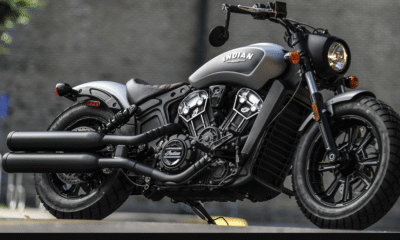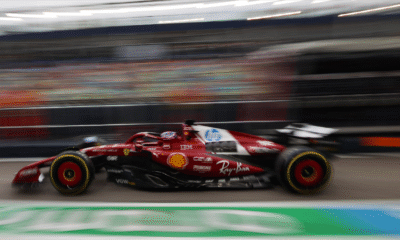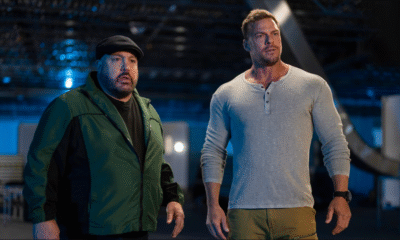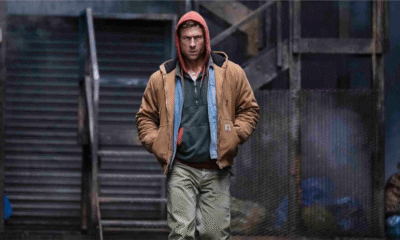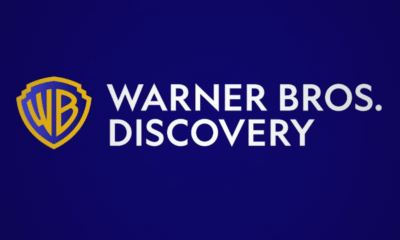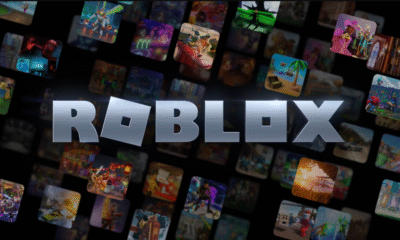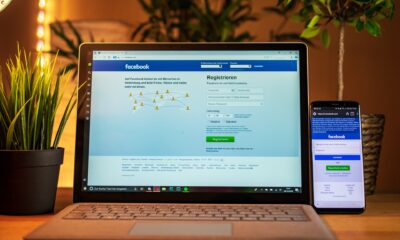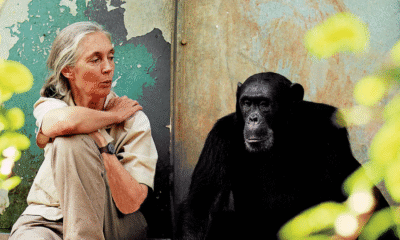Auto
Tesla’s $4.20 Robotaxi Launches in Austin as Elon Musk Kicks Off Driverless Ride Revolution
Elon Musk just rolled out the future of transportation, and it comes with a price tag that might make Uber and Lyft nervous: $4.20 per ride. On Sunday, Tesla officially launched its long-awaited robotaxi service, called CyberCab, in Austin. The debut marks the electric car giant’s bold entry into the growing autonomous ride-hailing industry, positioning Tesla alongside rivals Waymo and Zoox, with a signature Musk twist: affordability, flair, and AI-driven technology.
How Tesla’s Robotaxi Works
The initial rollout of Elon Musk’s robotaxi Cybercab is limited and invite-only, operating within a geofenced zone in Austin using Model Y vehicles. While these cars still feature a steering wheel and pedals, Tesla’s fully autonomous CyberCab sedan—a sleek model with no steering wheel or pedals—is expected to enter mass production in 2026, according to Tesla’s Q1 shareholder update.
Each ride in the launch phase is priced at a flat $4.20, a cheeky nod to Musk’s favorite number and an aggressive move to make autonomous travel mainstream. “This will move the financial needle in a big way,” Elon Musk promised back in April—and Sunday’s launch signals that the needle is starting to twitch.
Tesla has yet to disclose when it will expand beyond Austin, but reports suggest Los Angeles and San Francisco are next on the roadmap.
Safety First—But No Drivers
During the Austin trial, vehicles will have “safety monitors” onboard to oversee the tech, according to Electrek. This hybrid approach strikes a balance between public safety concerns and the rapid pace of AI innovation. It also helps Tesla gather crucial user data before full deployment of its CyberCab fleet.
Tesla owners may eventually be able to lend their vehicles to the robotaxi network, letting them earn money passively—a long-teased feature that could redefine car ownership.
Super congratulations to the @Tesla_AI software & chip design teams on a successful @Robotaxi launch!!
Culmination of a decade of hard work.
Both the AI chip and software teams were built from scratch within Tesla.
— Elon Musk (@elonmusk) June 22, 2025
How Tesla Compares to Waymo and Zoox
Waymo, a Google offshoot, has a head start. It currently operates 250,000+ autonomous rides per week in Phoenix, Austin, Los Angeles, and San Francisco, using Jaguar I-PACE EVs. Its expansion plans include Washington, D.C., Atlanta, and Miami, though legislative hurdles remain in some markets.
Meanwhile, Zoox, Amazon’s robotaxi brand, is offering limited rides to employees and select users in Las Vegas and the Bay Area. Its purpose-built taxis resemble futuristic pods and are expected to expand publicly in San Francisco by 2025. Zoox recently opened a 220,000-square-foot production facility capable of producing 10,000 robotaxis per year.
The Road Ahead
With Tesla’s $30,000 CyberCab on the horizon and a pricing model undercutting traditional ride-hailing apps, the robotaxi wars are officially underway. While safety concerns and city regulations may slow expansion, one thing is clear: Elon Musk’s robotaxi dream has left the garage—and it only costs $4.20 to ride into the future.












